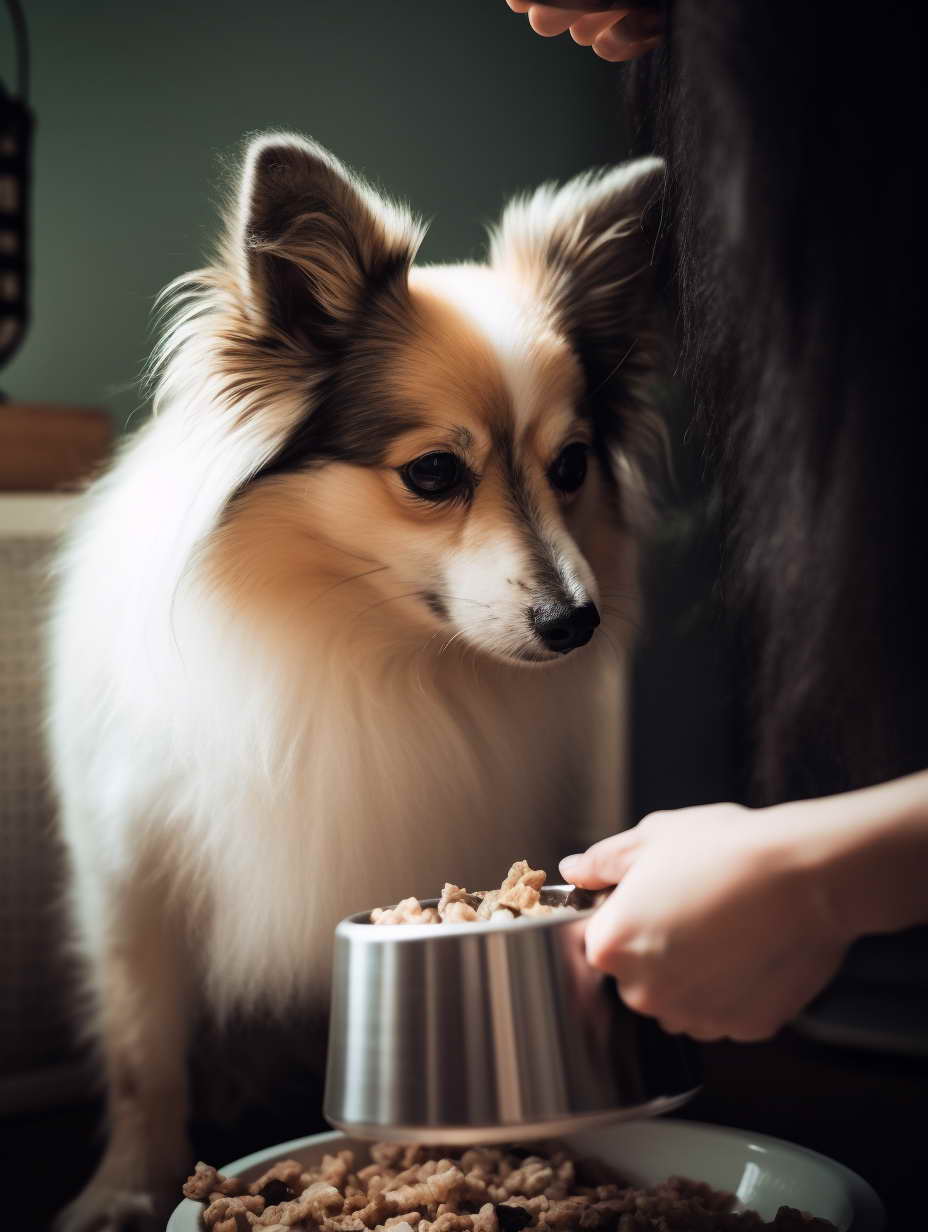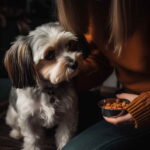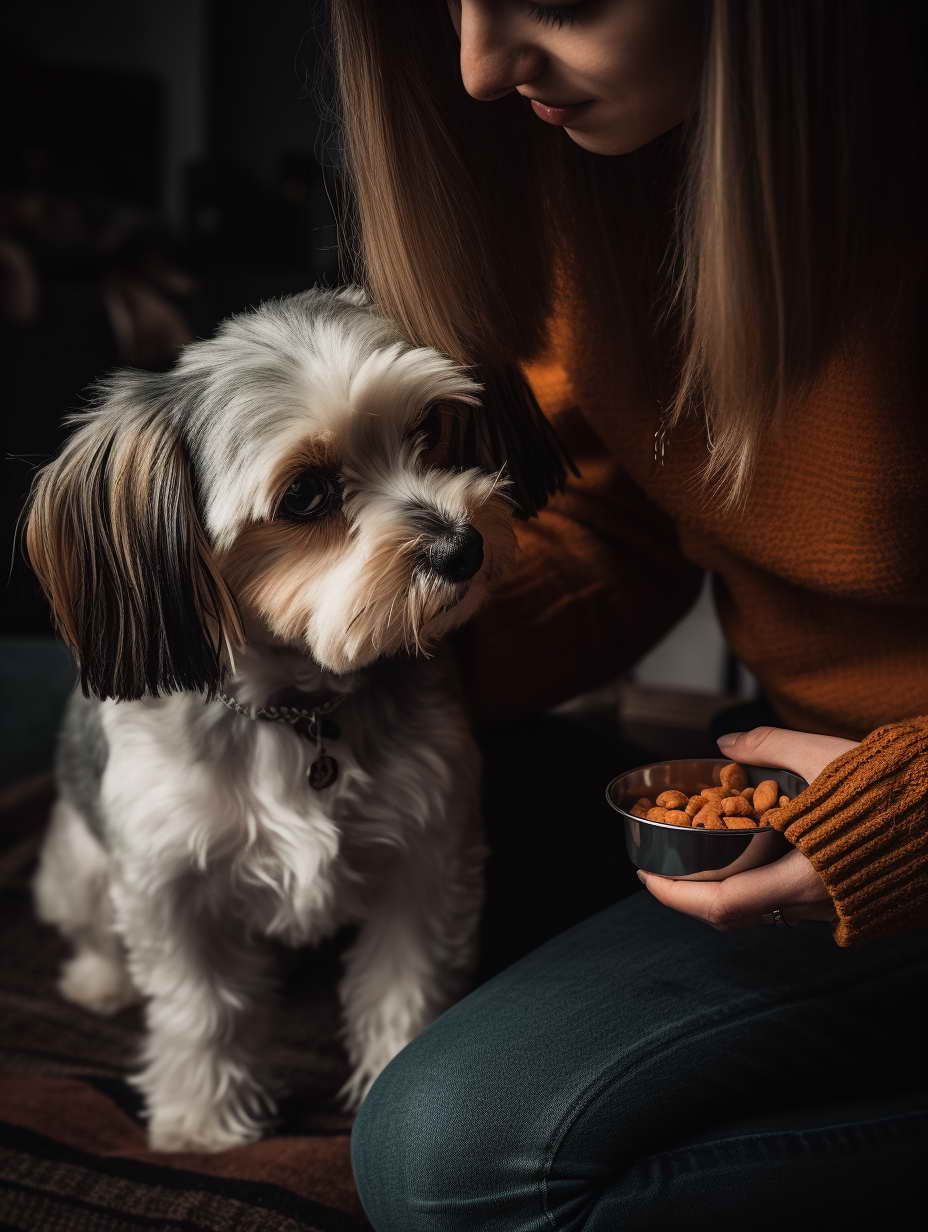How To Measure Dog Food Pounds To Cups: A Complete Guide
If you’re a proud dog owner, you know how important it is to provide your furry friend with the right amount of food. But what if the dog food you purchased is measured in pounds, and you need to convert it into cups for feeding? Fear not, as we’ve got you covered. In this detailed guide on “How To Measure Dog Food Pounds To Cups,” we will walk you through the entire process, providing expert advice and practical tips to ensure your canine companion receives the nutrition they need.
Introduction
Feeding your dog the correct portion size is crucial for their overall health and well-being. The first step in achieving this is understanding how to convert the weight of dog food from pounds to cups accurately. This guide will not only teach you the conversion process but also provide valuable insights into portion control, choosing the right dog food, and addressing common concerns related to feeding your pet.
How To Measure Dog Food Pounds To Cups
Before we dive into the details, let’s address the fundamental question: “How do you measure dog food in pounds to cups?” This section will give you a clear understanding of the process.
When measuring dog food in pounds to cups, it’s essential to consider the density of the food. Different types and brands of dog food may have varying densities, making it challenging to use a standard conversion. To accurately measure, follow these steps:
- Check the Packaging: Start by examining the packaging of your dog food. Most reputable brands provide feeding guidelines that include measurements in both pounds and cups. This information is tailored to their specific product.
- Use a Kitchen Scale: Invest in a digital kitchen scale for precise measurements. Place an empty container on the scale and set it to zero. Then, scoop the desired amount of dog food into the container and note the weight in pounds.
- Consult the Chart: Refer to the feeding chart provided by the dog food manufacturer. It should indicate the recommended cups per pound for your particular product.
- Calculate: Multiply the weight in pounds by the recommended cups per pound to determine the exact number of cups you should feed your dog.
By following these steps, you can ensure your dog receives the correct portion size every time.
Tips for Accurate Measurement
When it comes to measuring dog food pounds to cups accurately, attention to detail is key. Here are some essential tips to ensure your furry friend receives the right portion size every time:
1. Consistency is Key
To maintain consistency in your dog’s diet, use the same measuring cup and kitchen scale for every meal. Variations in cup size or scale accuracy can lead to inaccurate measurements, affecting your dog’s nutrition over time. Make sure your measuring tools are clean and dry before use to avoid contamination.
2. Adjust for Activity Level
Different dogs have different activity levels, and this affects their calorie requirements. Highly active dogs burn more energy and may need larger portions, while less active dogs require fewer calories. Observe your dog’s activity level and adjust their portions accordingly. If your dog is more active than usual, consider increasing their food slightly, and vice versa.
3. Consider Age and Breed
Puppies, adult dogs, and seniors have varying nutritional needs. Additionally, different dog breeds may have specific dietary requirements. Consult your veterinarian to determine the appropriate portion sizes based on your dog’s age, breed, and any health considerations. Puppies, for example, require more frequent feeding and may need a special puppy formula.
4. Avoid Overfeeding
Overfeeding can lead to obesity and associated health problems in dogs. To prevent this, strictly follow the recommended portion sizes provided by the dog food manufacturer. Monitor your dog’s weight and body condition regularly. If you notice your dog gaining excessive weight, consult your veterinarian for guidance on adjusting their diet.
5. Monitor Your Dog’s Weight
Regularly weigh your dog to ensure they maintain a healthy weight. Sudden weight gain or loss could indicate a problem with their diet. Adjust portion sizes as needed based on changes in your dog’s weight and activity level. Keeping a record of your dog’s weight can help you make informed decisions about their food portions.
6. Be Mindful of Treats
Treats and snacks should be factored into your dog’s daily caloric intake. Too many treats can lead to overfeeding, so limit them to ensure your dog’s overall calorie consumption aligns with their needs. Opt for healthy, low-calorie treats, and use them sparingly as rewards or training aids.
7. Stay Informed About Your Dog’s Health
Your dog’s health can change over time, affecting their dietary requirements. Regular veterinary check-ups are essential to monitor your pet’s overall health. If your dog develops any medical conditions, such as diabetes or allergies, their dietary needs may change. Your vet can provide guidance on adjusting their diet accordingly.
By following these tips for accurate measurement, you can ensure that your beloved canine companion receives the right amount of food tailored to their specific needs, promoting a healthy and happy life.

FAQs
How often should I measure my dog’s food?
You should measure your dog’s food every time you feed them to ensure consistency and prevent overfeeding.
Can I use a measuring cup?
It’s best to use a measuring cup designed for dry ingredients, as it provides accurate measurements. Using a random cup from your kitchen may not yield the same results.
My dog seems hungry all the time. Can I increase their portions?
If your dog appears hungry, consult your veterinarian before increasing portion sizes. It’s important to maintain a healthy weight for your pet.
What if my dog is overweight?
If your dog is overweight, consult your veterinarian for a tailored diet plan. Avoid increasing portions without professional guidance.
Can I switch between dog food brands?
Transitioning between dog food brands should be done gradually to prevent digestive issues. Consult your vet for advice on switching your dog’s diet.
Is it better to measure food by weight or volume?
Measuring by weight is generally more accurate, especially if your dog food’s density differs from the standard.
Conclusion
Ensuring your dog receives the right amount of food is essential for their health and happiness. Learning how to measure dog food pounds to cups allows you to provide the perfect portion every time. Remember to consider your dog’s specific needs, monitor their weight, and consult your veterinarian when in doubt. With these guidelines, you’ll be well on your way to being a responsible and caring dog owner.


Leave a Reply